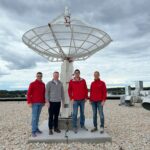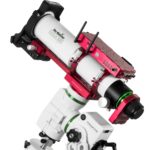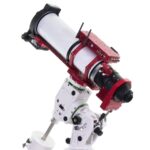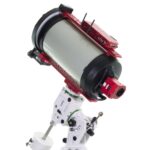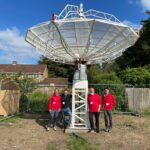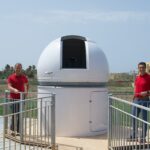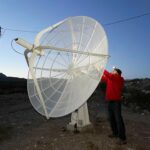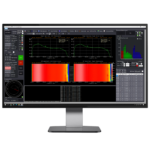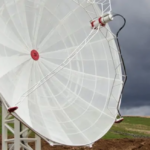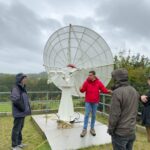
SPIDER 300A radio telescope installed in Ruhr-University Bochum (Germany)
PrimaLuceLab Team completed the installation of a new SPIDER 300A radio telescope for radio astronomy in Ruhr-University Bochum (Germany)! The 3 meter diameter antenna with the tracking system and pier has been installed on a concrete base foundation while receiver with backend and control computer have been installed in the…

